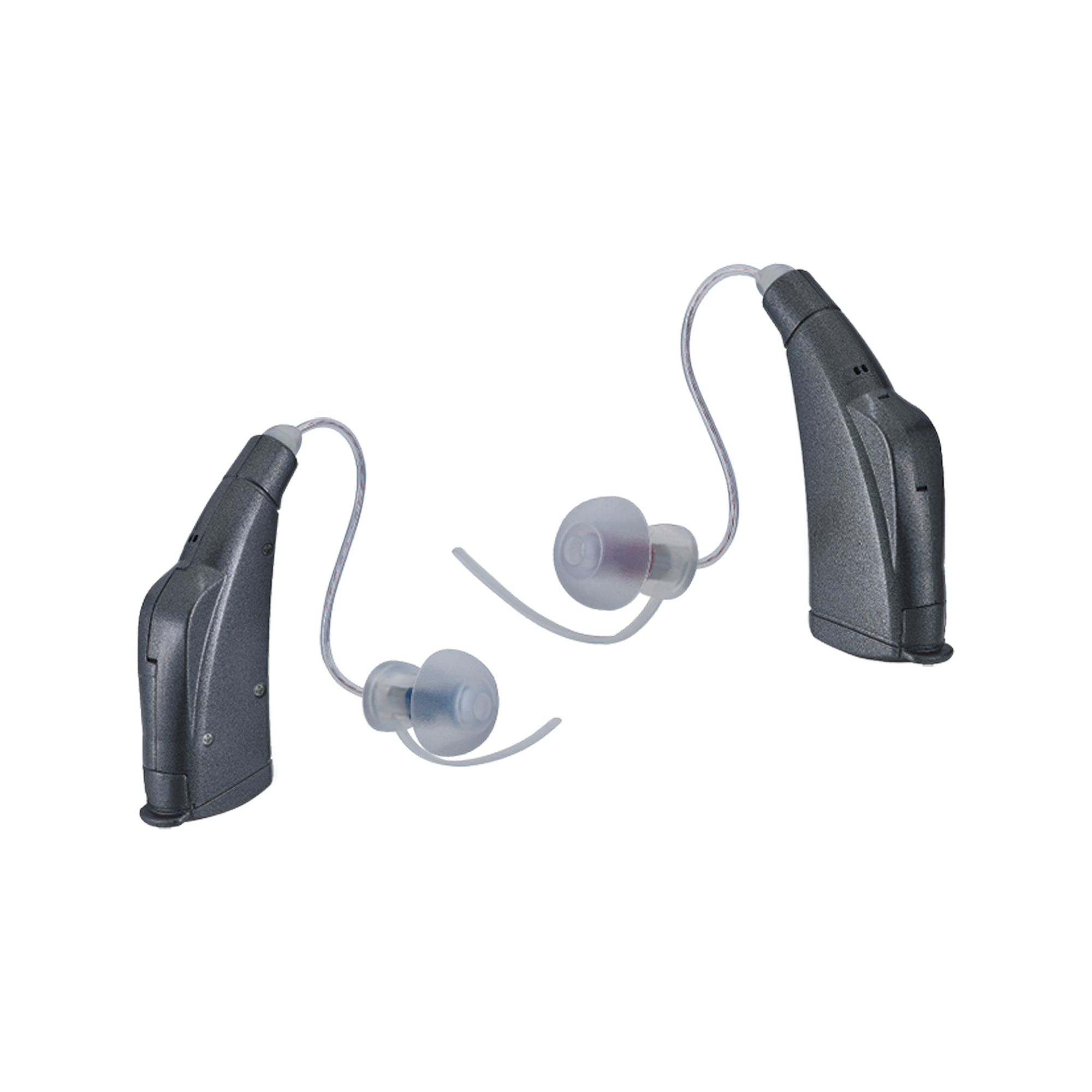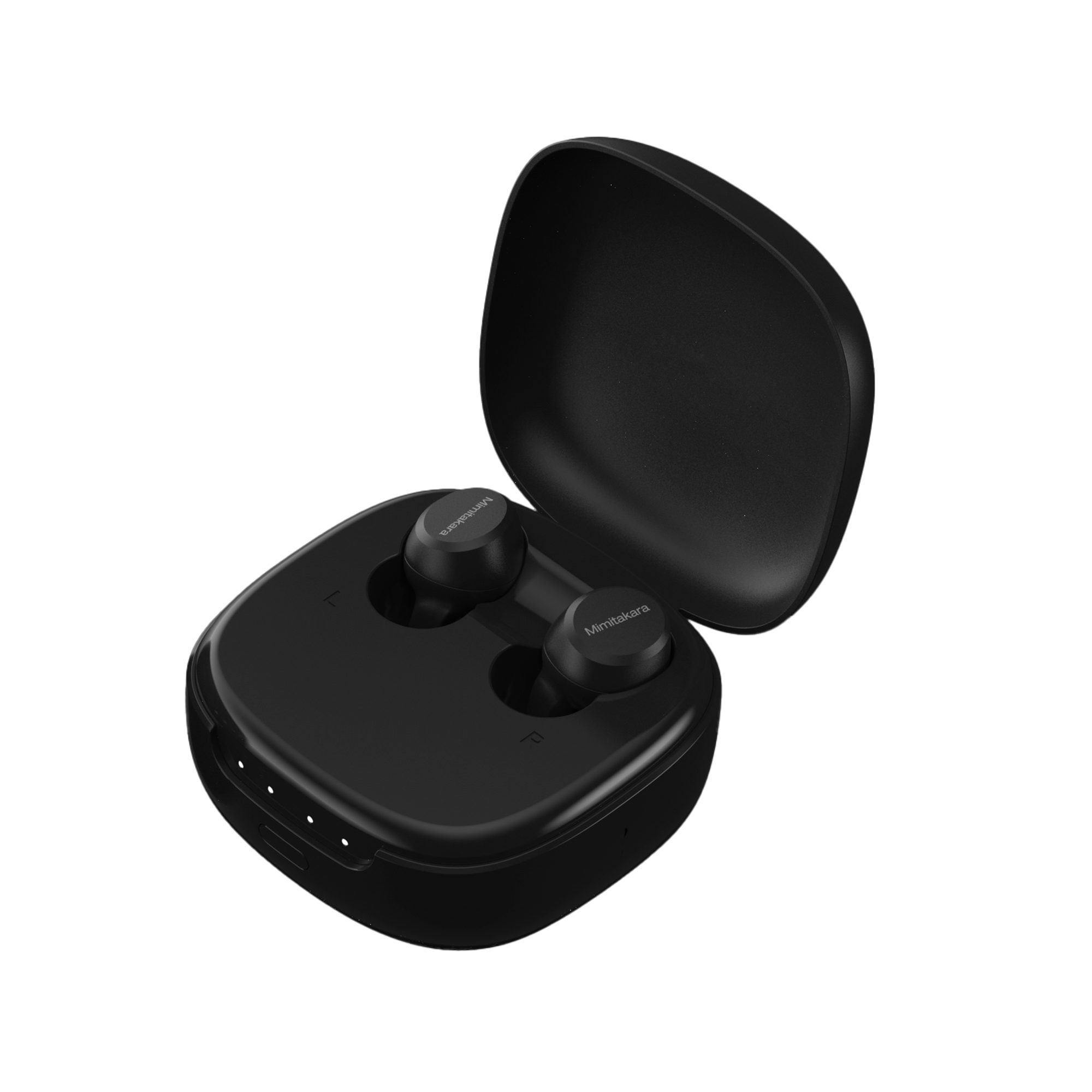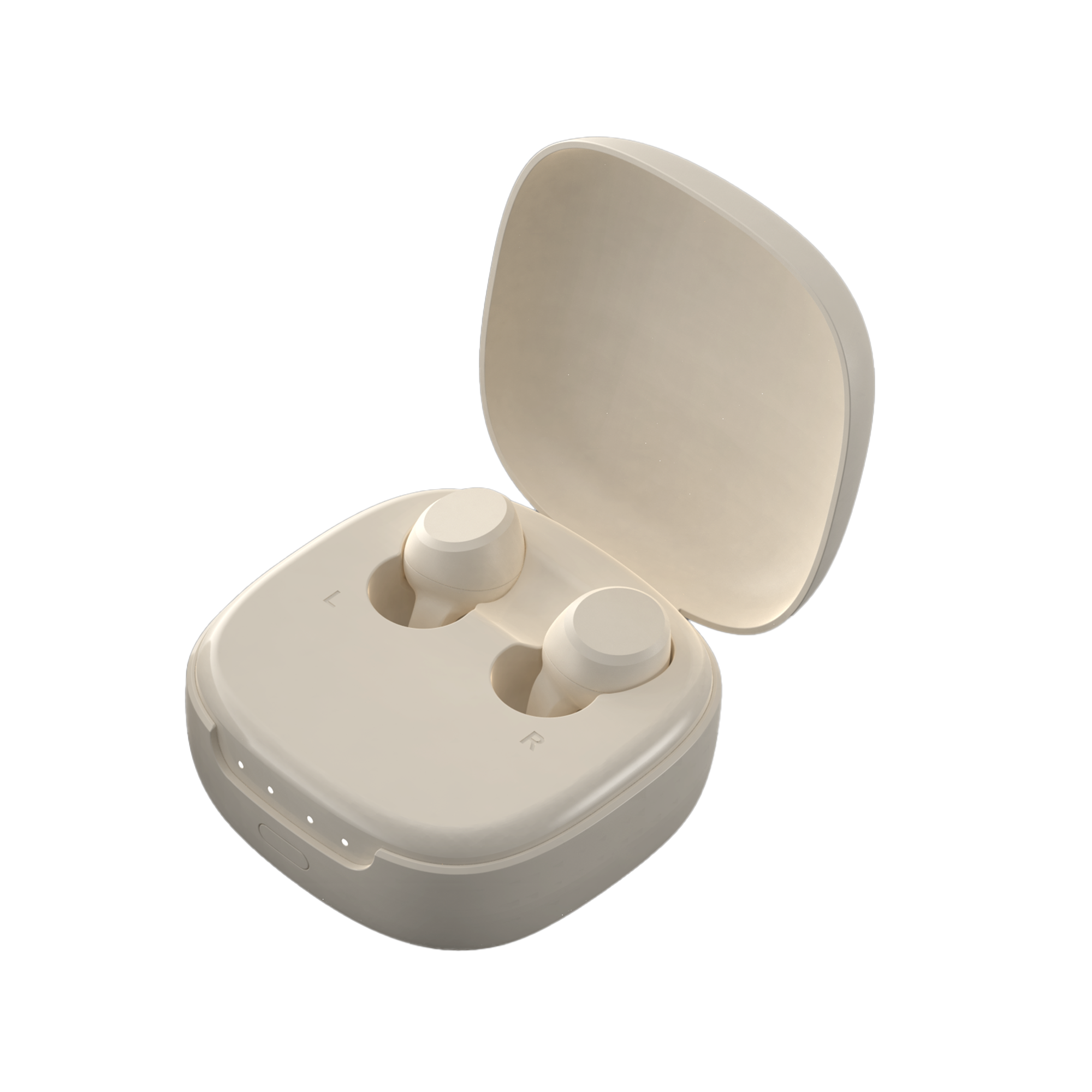Introduction
For individuals experiencing mild hearing loss, finding an affordable and effective solution is key. Pocket hearing aids have emerged as a popular alternative, offering a convenient, discreet, and cost-effective hearing solution. Unlike traditional in-ear hearing aids, pocket hearing aids are worn outside the ear and are designed to amplify sound in specific environments.
In this blog, we’ll dive into what pocket hearing aids are, their benefits, and how they compare to traditional hearing aids. We’ll also explore which individuals benefit most from using pocket hearing aids and highlight a few of the best options on the market today.
What Are Pocket Hearing Aids?
Pocket hearing aids are portable devices designed to amplify sound for individuals with mild to moderate hearing loss. Unlike traditional hearing aids, which are worn directly in or behind the ear, pocket hearing aids are worn in a small, portable casing that sits in the pocket or clipped to clothing. The casing contains the essential components such as the microphone, amplifier, and receiver, all of which work together to boost sound for users.
These devices are best suited for individuals who need an affordable, non-medical solution for hearing enhancement. They can be especially helpful in environments where sound clarity is needed but do not require a professional-grade hearing aid.
How Do Pocket Hearing Aids Work?
Pocket hearing aids operate by capturing sound through a microphone, which is then amplified by an internal amplifier and sent through a receiver to the ear. The amplified sound is transmitted through an earpiece or earphone that users wear, similar to earphones or earbuds.
Unlike traditional hearing aids, pocket hearing aids offer more flexibility and portability. Since they are worn outside the ear, users don't need to worry about the discomfort that can sometimes come with in-ear devices. Additionally, pocket hearing aids are typically equipped with adjustable volume controls and settings for noise reduction, making them easy to use in various environments.

Benefits of Pocket Hearing Aids
1. Affordable and Accessible
One of the biggest benefits of pocket hearing aids is their affordability. Unlike custom hearing aids, which can cost thousands of dollars, pocket hearing aids are generally priced between $50 and $500. This makes them a great option for those who want a cost-effective hearing solution without the hefty price tag.For a budget-friendly option, Mimitakara offers various hearing solutions tailored to different needs and budgets.
2. Portability and Convenience
Pocket hearing aids are extremely portable, making them a convenient option for users who prefer a lightweight and non-intrusive device. These devices can be carried in your pocket, clipped to your clothing, or placed in a bag without being noticeable. This makes them an attractive alternative for people who don’t want to wear something that is visible or uncomfortable throughout the day.
3. Easy to Use
With simple controls and easy-to-understand settings, pocket hearing aids are designed for people who want a hassle-free solution. Many models come with adjustable volume control and mode selection, allowing users to easily customize the sound to their environment.
4. Long Battery Life
Due to their larger casing, pocket hearing aids often come with a larger battery, which generally provides longer usage compared to traditional hearing aids. Some models can last up to several days on a single charge, making them ideal for all-day use without worrying about constant recharging.
5. Reduced Feedback and Noise
Pocket hearing aids often feature noise reduction technology that minimizes unwanted background noise, allowing users to focus on the sounds they want to hear, such as speech or music. This feature can be especially helpful in noisy environments, such as restaurants or crowded spaces.
Pocket Hearing Aids vs. Traditional Hearing Aids
While both pocket hearing aids and traditional hearing aids help with hearing difficulties, there are some key differences to consider:
| Feature | Pocket Hearing Aids | Traditional Hearing Aids |
| Design | Worn in a pocket or clipped to clothing | Worn in or behind the ear |
| Cost | Typically $50 to $500 | Can range from $200 to $3,000 |
| Customization | Limited customization; simple controls | Highly customizable based on hearing loss |
| Suitability | Ideal for mild to moderate hearing loss | Suitable for mild to severe hearing loss |
| Battery Life | Long-lasting battery life (up to several days) | Shorter battery life, but rechargeable models available |
| Use Case | Occasional amplification | All-day, continuous use |
When Should You Consider Pocket Hearing Aids?
Pocket hearing aids are best for individuals who experience mild to moderate hearing loss. They are perfect for users who need occasional amplification or additional sound support in specific environments like:
- Watching TV or listening to podcasts
- Conversations in noisy settings (e.g., cafes, restaurants)
- Attending lectures or social gatherings
If you're looking for a budget-friendly, easy-to-use solution for occasional hearing support, pocket hearing aids might be the perfect option.
Top Pocket Hearing Aids on the Market
If you're in the market for a pocket hearing aid, here are two excellent bone conduction hearing amplifier options from Mimitakara to consider:
1. Mimitakara Bone Conduction Hearing Amplifier
- Bone Conduction Technology: Transmits sound through the bones of the skull, bypassing the outer and middle ear.
- Ideal for Conductive Hearing Loss: Perfect for users with hearing difficulties in the outer or middle ear.
- Clear Sound: Provides high-quality amplification without discomfort from in-ear devices.
- Rechargeable Design: Long-lasting battery life for all-day wear.
- Discreet and Comfortable: Lightweight and easy to use, ensuring comfort throughout the day.
2. Mimitakara Bone Conduction Hearing Amplifier with Bluetooth
- Bluetooth Connectivity: Stream audio from smartphones, TVs, or other Bluetooth devices for hands-free enjoyment.
- Bone Conduction Technology: Clear sound through bone conduction, bypassing the outer and middle ear.
- Adjustable Volume: Easily control sound levels to suit your environment.
- Comfortable for Long Use: Designed for long hours of wear without discomfort.
- Versatile: Perfect for speech amplification or enjoying media like music and TV.
Both of these products provide effective sound amplification, easy-to-use features, and discreet designs, offering a reliable and comfortable hearing experience for individuals who need clear sound without the bulk of traditional hearing aids.
Check out Mimitakara’s Hearing Aids Collection.
Conclusion
Pocket hearing aids provide a cost-effective, discreet, and convenient solution for individuals with mild to moderate hearing loss. While they may not offer the same advanced features as traditional hearing aids, they are an ideal choice for those who need basic sound amplification without the expense.If you're looking for a practical and affordable way to improve your hearing, pocket hearing aids are an excellent option to consider. Be sure to explore the wide range of hearing solutions offered by Mimitakara to find the perfect fit for your needs.
Browse Mimitakara’s Hearing Aid Collection
FAQ
Q1: Are pocket hearing aids suitable for severe hearing loss?
No, pocket hearing aids are best for mild to moderate hearing loss. For severe hearing loss, traditional hearing aids or other medical devices may be necessary.
Q2: How do pocket hearing aids compare to traditional hearing aids?
Pocket hearing aids are more affordable, easy to use, and ideal for mild hearing loss, while traditional hearing aids offer better sound quality and customization for various levels of hearing loss.
Q3: Can I wear pocket hearing aids all day?
Yes, pocket hearing aids are designed for all-day use. With longer battery life and a comfortable fit, they are great for users who need consistent hearing amplification.














